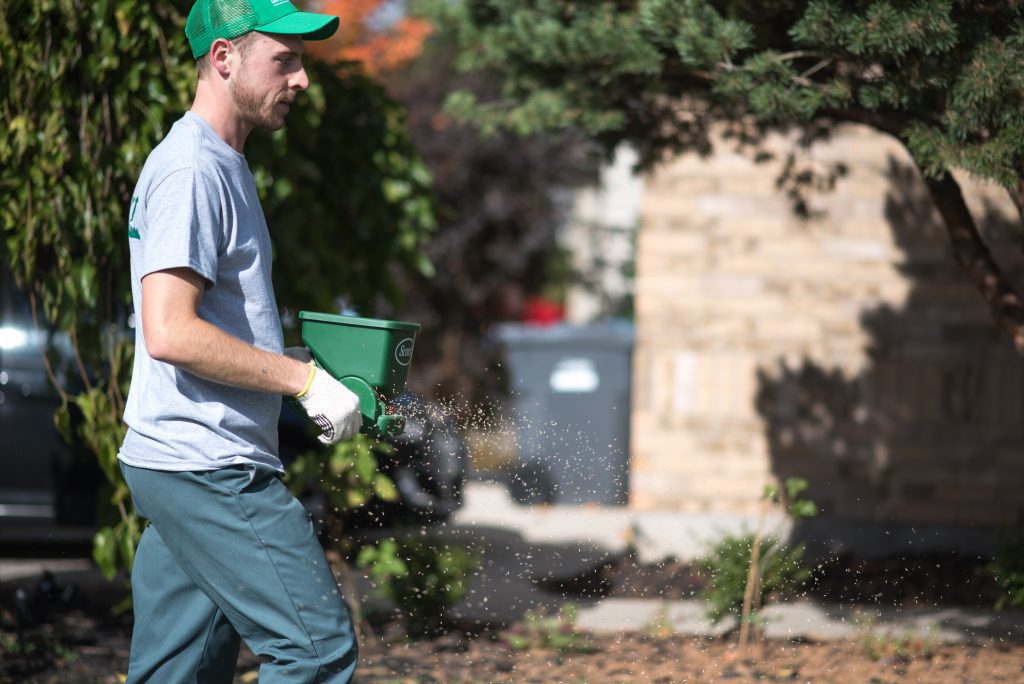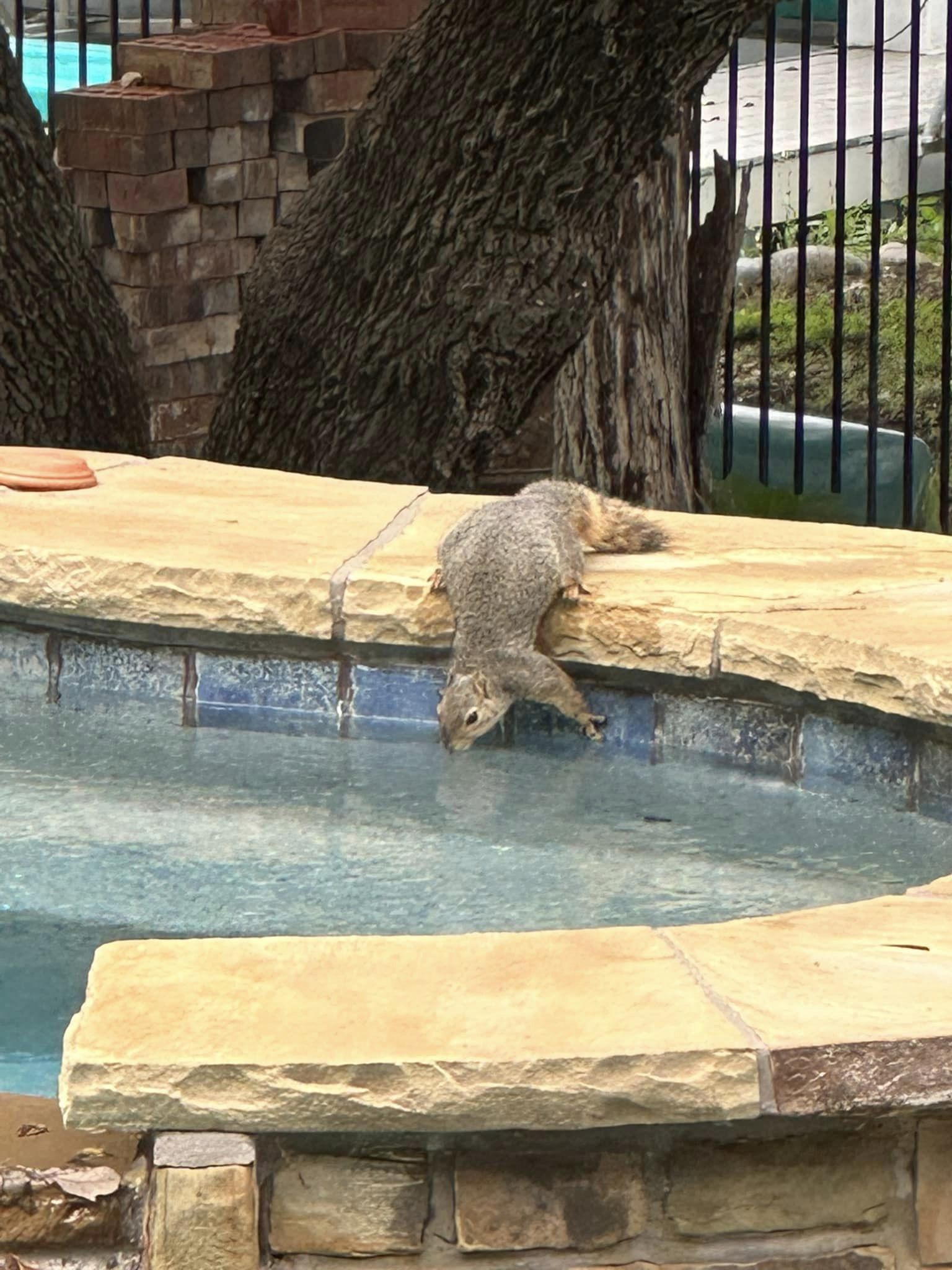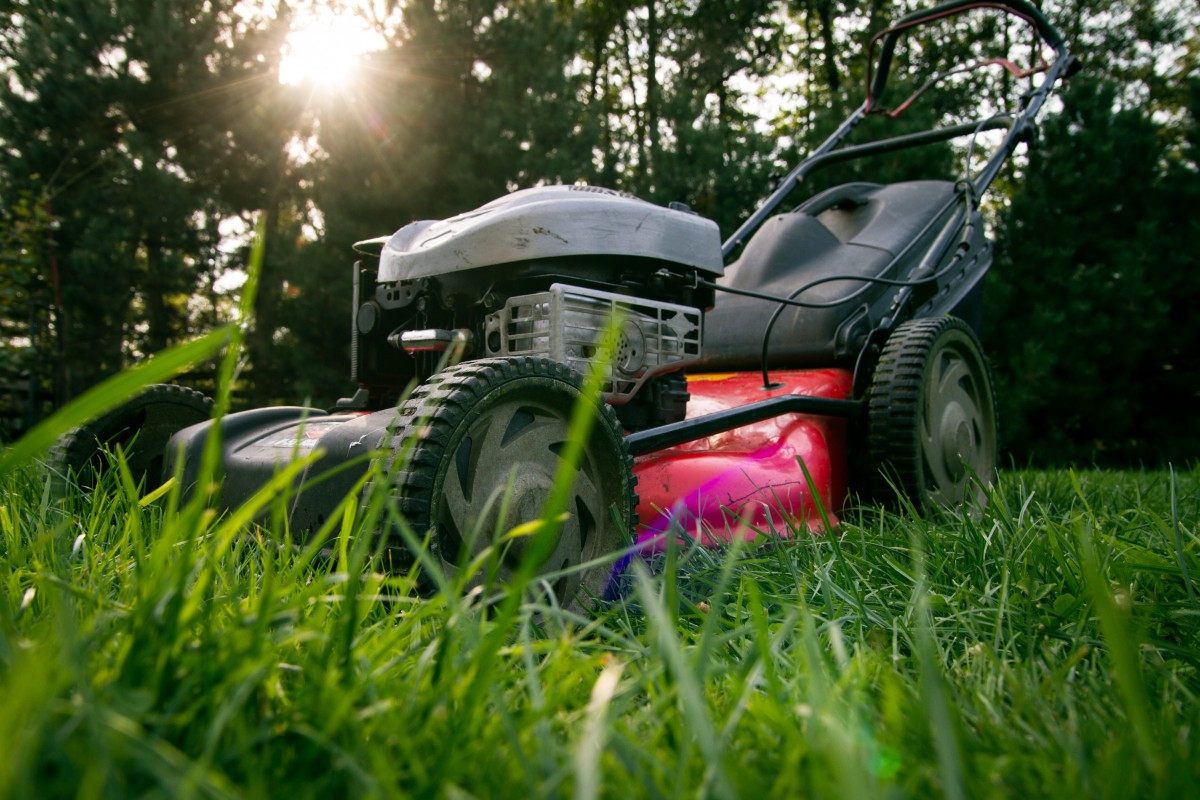Safe and Sustainable Lawn Care Practices around Eagle Mountain Lake

Nestled in the beautiful landscape of North Texas, Eagle Mountain Lake is a popular location for locals and visitors alike, with its inviting waters and the surrounding homes known for their lush, well-kept lawns. However, the proximity of these properties to the lake necessitates careful consideration in terms of lawn care. It's crucial to maintain these green spaces in a way that is not only safe for the immediate environment but also sustainable for the lake ecosystem. Here's a comprehensive guide to safe lawn care practices around Eagle Mountain Lake, Texas.
**1. Mindful Water Usage**

The first rule of safe lawn care is using water responsibly. Overwatering can lead to runoff, which carries fertilizers and pesticides into the lake, causing harm to its ecosystem. Adjust your sprinkler systems to ensure they are not over-spraying or watering the lawn too frequently. Using drip irrigation systems can also help reduce water waste. Water your lawn early in the morning or late in the evening to reduce evaporation.
**2. Eco-Friendly Fertilization**

When it comes to fertilization, choose slow-release, organic or lake-safe fertilizers. These fertilizers break down slowly, feeding your lawn over time and reducing the risk of nutrients seeping into the lake. Always follow the recommended application rates and timings; over-fertilization can lead to excess nutrients leaching into the water bodies and stimulating the growth of harmful algal blooms.
**3. Responsible Pest Control**

Pesticides and herbicides can have a detrimental impact on the lake's ecosystem if they find their way into the water. Integrated Pest Management (IPM) is a holistic, more sustainable approach to pest control that prioritizes natural and preventative measures over chemical ones. Consider using natural pesticides and herbicides, which are often derived from plants and less harmful to the environment.
**4. Grass Clippings and Leaf Management**
Leaves and grass clippings left on driveways or sidewalks can wash into storm drains leading to the lake, contributing to nutrient pollution. Instead of blowing or washing them into the street, consider composting them or using them as mulch. This not only reduces the potential for nutrient pollution but also enriches your own lawn or garden.
**5. Plant Native Species**

Native plants are naturally adapted to local climate conditions, pests, and diseases, and therefore require less water, fertilizers, and pesticides. Incorporating these plants into your lawn can reduce the need for chemical treatments and excess watering, thereby reducing the potential impact on the lake.
**6. Erosion Control**
Soil erosion can lead to sediment pollution in the lake, which can damage aquatic habitats. Consider using landscaping techniques such as planting ground cover, installing terraces, or creating rain gardens to slow down water runoff and minimize erosion.
**7. Regular Maintenance**

Regular lawn maintenance is a fundamental aspect of safe lawn care. Keep your lawn mowed at a height of about 3 inches to help it resist pests and weeds naturally. Regularly service your lawn equipment to ensure it's running efficiently and not leaking oil or other fluids that could harm the environment.
**8. Educate Yourself and Others**

Stay informed about the best practices for lawn care in your specific area, as well as any regulations pertaining to water usage or chemical application. Sharing this information with neighbors and community members can contribute to a more widespread commitment to safe and sustainable lawn care around Eagle Mountain Lake.
Safe lawn care practices around Eagle Mountain Lake aren't just about maintaining aesthetically pleasing lawns, but also about preserving the health and beauty of the lake. By adopting these safe and sustainable practices recommended by Save Eagle Mountain Lake (SEML), homeowners can continue to enjoy their lush, green lawns without compromising the integrity of the cherished lake ecosystem.

